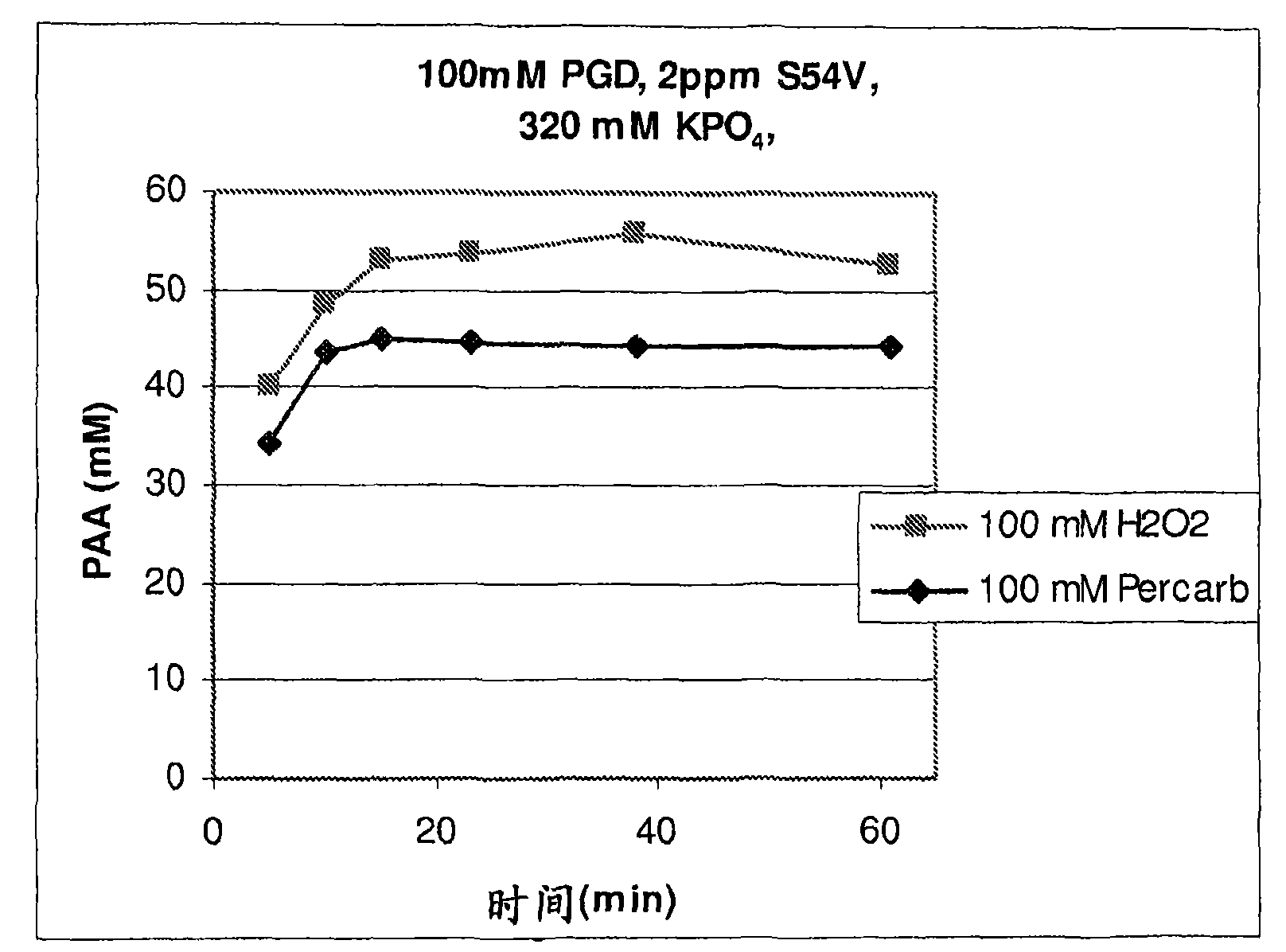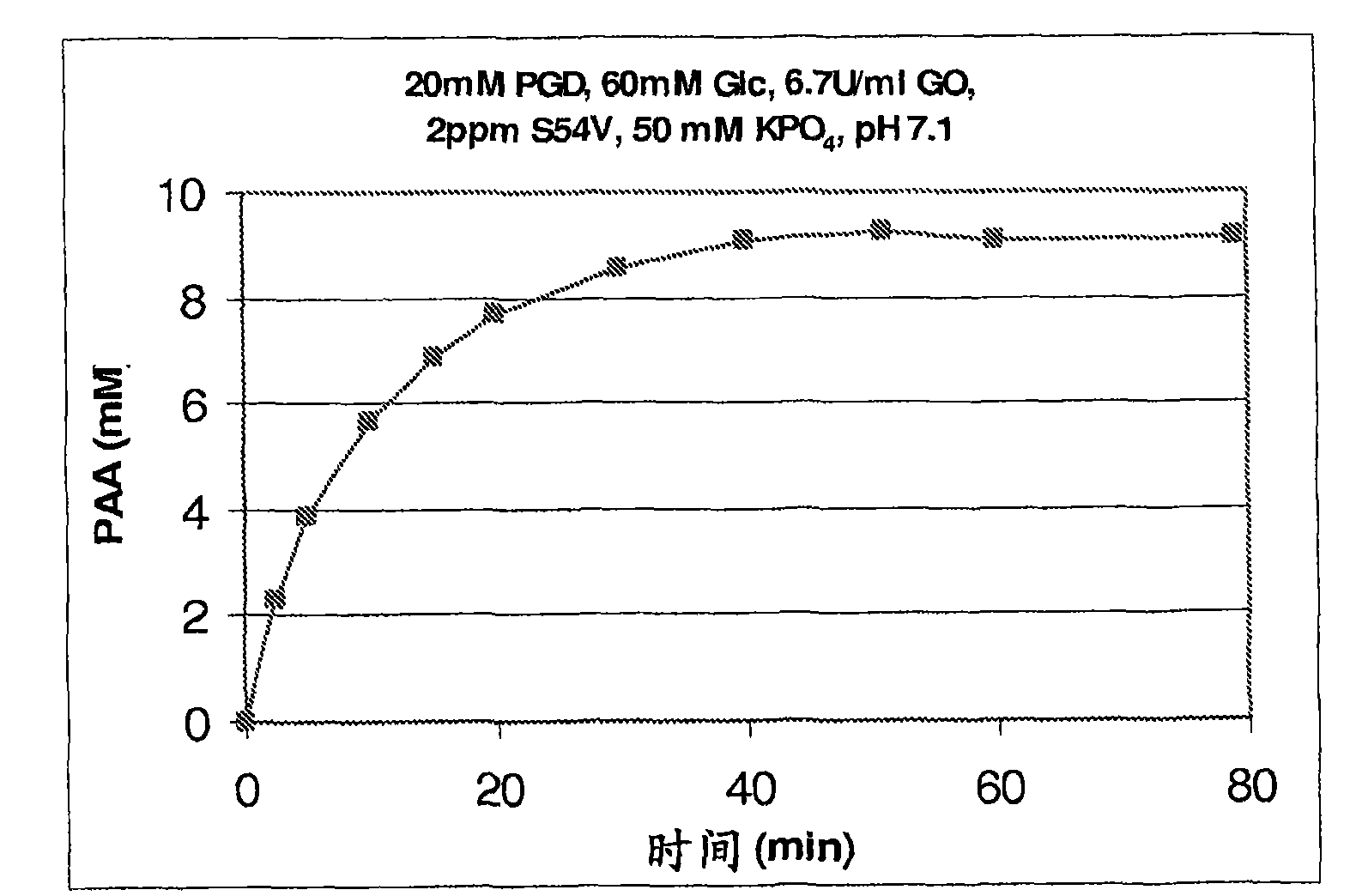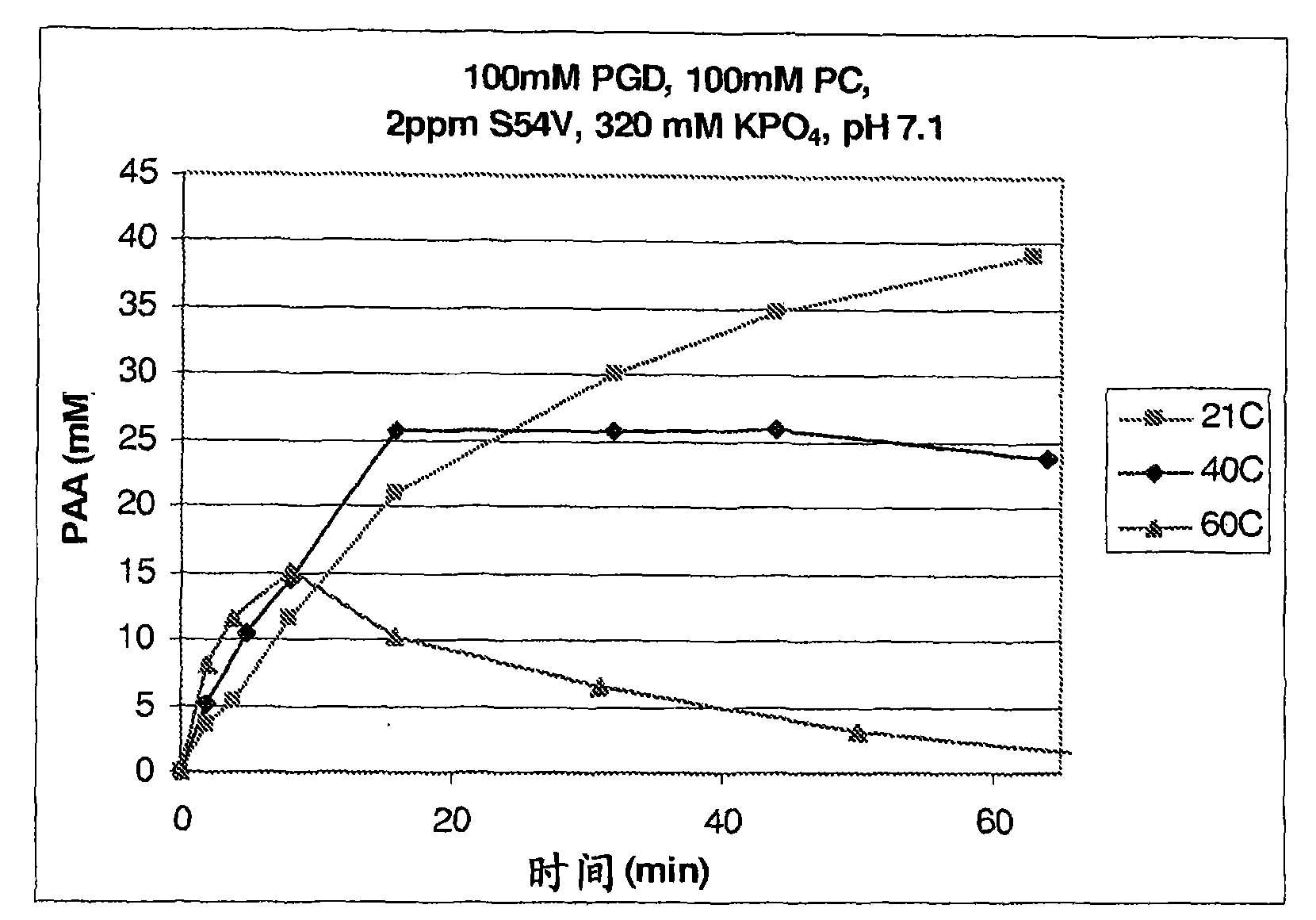Stable enzymatic peracid generating systems
A technology of peracid and sodium percarbonate, applied in the directions of enzymes, hydrolase, biochemical equipment and methods, etc., can solve problems such as aggravating corrosion of stainless steel containers
- Summary
- Abstract
- Description
- Claims
- Application Information
AI Technical Summary
Problems solved by technology
Method used
Image
Examples
preparation example Construction
[0140] The use of the stable compositions of the present invention for the preparation of aqueous solutions is straightforward: simply add the composition to an appropriate amount of water and stir. Typically, only purified (eg MilliQ water), distilled, sterilized and deionized water is used. Accordingly, the present invention also provides a method of preparing a peracid solution comprising adding the stabilized composition to water and mixing for at least about 30 minutes, 20 minutes, 15 minutes, 10 minutes, 5 minutes or even less minute. In some embodiments, the method of preparation comprises: (a) providing a stable composition comprising: an enzyme having perhydrolase activity (wherein the activity comprises a ratio of perhydrolysis to hydrolysis of at least 2:1); a source of hydrogen oxide and an ester substrate; and (b) adding the composition to water and mixing for at least 20 minutes, thereby producing an aqueous solution of at least about 0.16% by weight peracetic a...
Embodiment 1
[0186] In this example, an experiment was performed to determine peracetic acid (PAA) and PAA combination detergents (commercially available [Dial] used in this example) to the bactericidal curve of Bacillus subtilis (B.subtilis) spores. In these experiments, B. subtilis spores were prepared as known in the art (see, eg, Siccardi et al., J. Bacterid., 121:13-19 [1975]). Assays were performed in duplicate with peracetic acid (32 wt% in acetic acid; Aldrich) in 96-well round bottom microtiter plates (Costar). in 50mM KPO 4 PAA was serially diluted in buffer (pH 7.1) (“buffer”) or in a 1:500 dilution of Purex (stock; Dial) in the same buffer (“buffer+Det”) ( The total volume is 50 μl). The amount of PAA added to the assay was 0, 0.4, 4 or 40 mM. Then a volume of 5 μl of spore suspension (containing 10 9 -10 10 spores) were added to each well and the assay was incubated for 15 minutes at RT. Ice-cold LB (150 μl) (see, for example, Sambrook et al., "Molecular Cloning: A Lab...
Embodiment 2
[0186] In this example, an experiment was performed to determine peracetic acid (PAA) and PAA combination detergents (commercially available [Dial] used in this example) to the bactericidal curve of Bacillus subtilis (B.subtilis) spores. In these experiments, B. subtilis spores were prepared as known in the art (see, eg, Siccardi et al., J. Bacterid., 121:13-19 [1975]). Assays were performed in duplicate with peracetic acid (32 wt% in acetic acid; Aldrich) in 96-well round bottom microtiter plates (Costar). in 50mM KPO 4 PAA was serially diluted in buffer (pH 7.1) (“buffer”) or in a 1:500 dilution of Purex (stock; Dial) in the same buffer (“buffer+Det”) ( The total volume is 50 μl). The amount of PAA added to the assay was 0, 0.4, 4 or 40 mM. Then a volume of 5 μl of spore suspension (containing 10 9 -10 10 spores) were added to each well and the assay was incubated for 15 minutes at RT. Ice-cold LB (150 μl) (see, for example, Sambrook et al., "Molecular Cloning: A Lab...
PUM
| Property | Measurement | Unit |
|---|---|---|
| glass transition temperature | aaaaa | aaaaa |
| tear resistance | aaaaa | aaaaa |
Abstract
Description
Claims
Application Information
 Login to View More
Login to View More - R&D
- Intellectual Property
- Life Sciences
- Materials
- Tech Scout
- Unparalleled Data Quality
- Higher Quality Content
- 60% Fewer Hallucinations
Browse by: Latest US Patents, China's latest patents, Technical Efficacy Thesaurus, Application Domain, Technology Topic, Popular Technical Reports.
© 2025 PatSnap. All rights reserved.Legal|Privacy policy|Modern Slavery Act Transparency Statement|Sitemap|About US| Contact US: help@patsnap.com



